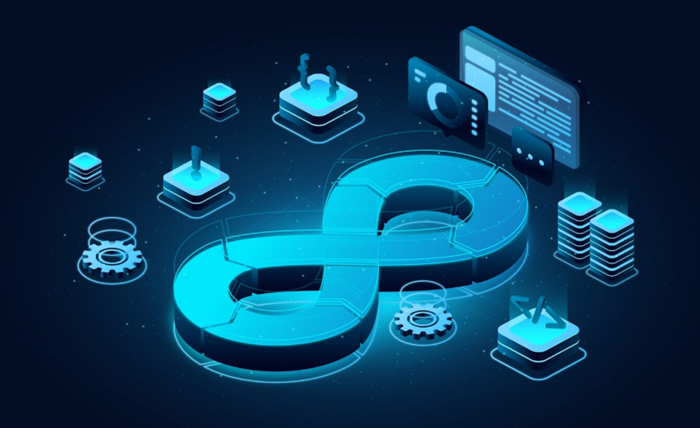As artificial intelligence moves from theoretical to practical in nearly every industry, developers must choose APIs that deliver real performance under modern demands. Two contenders—O3 API and Grok 3 API—have emerged as leading-edge platforms for building intelligent, adaptive systems. Each API brings a unique architecture, purpose, and developer experience to the table. In this technical blueprint, we dissect their core differences, evaluate integration paths, and present real-world scenarios where each excels.
O3 API: The Enterprise Backbone of Intelligent Logic
O3 API, developed by OpenAI, is engineered to power applications that require robust reasoning, large-context comprehension, and analytical precision. This API is built on GPT-4.5 Turbo, known for its scalability and ability to manage up to 128K tokens per request. In practice, this means developers can feed it extended documents, datasets, and contextual threads without sacrificing accuracy.
Key Capabilities of O3 API:
- Contextual Depth: Handles long-form content with consistency across conversations or tasks.
- Analytical Output: Suited for use in legal tech, fintech, compliance, and medical reporting.
- Custom Memory Modules: Supports tools and functions that retain and recall data across sessions.
- Highly Configurable Prompts: Allows multi-step reasoning and flow control for advanced logic.
In our own implementation with a healthcare analytics platform, the O3 API was used to process patient reports across longitudinal data sets. It successfully generated symptom timelines, flagged inconsistencies, and provided summaries doctors could review in seconds.
Grok 3 API: The Conversational Engine Redefined
Grok 3 API, introduced by xAI and integrated natively within X (formerly Twitter), is tailored for fast-paced, conversational AI that thrives in dynamic user interactions. Unlike O3, which is a deep-reasoning model, Grok 3 focuses on interaction, tone modulation, and real-time engagement.
Grok 3 API Highlights:
- Tone Flexibility: Infuses wit, personality, and natural dialogue into responses.
- Context Awareness: Integrates with trending topics and cultural references.
- Speed Optimization: Lightweight and designed for immediate response time.
- UI-Driven Personalization: Ideal for embedded assistants, bots, and frontend apps.
For one of our fintech clients, Grok 3 was deployed to drive a personal finance chatbot. Users could ask about savings goals, market news, or even casual trivia, and the assistant responded with helpful, jargon-free answers mixed with humor—a level of engagement that O3’s formal tone wouldn’t deliver.
Head-to-Head: Technical Comparison of O3 API and Grok 3 API
| Attribute | O3 API | Grok 3 API |
| Model Architecture | GPT-4.5 Turbo | xAI Proprietary (Conversational First) |
| Token Limit | 128K tokens | Lower (Real-time optimized) |
| Memory Support | Advanced long-term memory | Session-based context awareness |
| Output Style | Formal, analytical | Casual, humorous, interactive |
| Ideal Use Cases | Compliance, documentation, analytics | Chatbots, social apps, quick interactions |
| Tool Support | Plugins, vector search, functions | Built-in with X (formerly Twitter) |
| Ease of Integration | Requires robust configuration | Minimal setup, frontend-friendly |
Implementation Scenarios: When and Where to Use Each API
Using O3 API for Deep Context Workflows
In enterprise environments, insurance, legal, and healthcare, O3 API shines due to its ability to maintain a coherent understanding of long content threads. It’s ideal for systems that require:
- Multi-document understanding
- Contract analysis and summarization
- Decision-tree construction
- Technical writing and structured output
In one implementation, a logistics firm used O3 API to parse incident reports and match them to risk categories. This reduced their manual review time by 75%.
Grok 3 API for Front-End Experience and Rapid Engagement
For consumer applications, Grok 3 API delivers value through its personable tone and rapid-fire feedback. It performs best in:
- Virtual shopping assistants
- Social media integrations
- Onboarding interfaces
- FAQ bots with character
One client integrated Grok 3 into an e-learning platform to guide students with prompts like, “Feeling stuck? Let’s untangle this math mystery!” An approach that improved student satisfaction metrics by over 30%.
Developer Experience: Integration and API Handling
O3 API Integration Overview:
- Authentication: API key management via the OpenAI dashboard
- Languages Supported: Python, Node.js, REST
- Best Practices: Prompt chaining, context windows, and token budgeting
- Challenges: Initial complexity, requires a clear prompt architecture
Grok 3 API Integration Summary:
- Authentication: OAuth with X platform
- Languages Supported: JavaScript, lightweight REST hooks
- Strengths: Fast deployment, adaptable tone tuning
- Limitations: Lacks deep analytical tools
We often recommend clients use O3 API when the backend demands complexity and Grok 3 API for the interface layer—bridging intelligent processing with user-friendly dialogue.
Best Practices for Hybrid AI Architecture
In more sophisticated environments, developers can combine both APIs:
- O3 API performs data processing, document evaluation, or internal task planning.
- Grok 3 API surfaces that information to users in a conversational format.
For example, in a travel planning app, O3 generated optimal itineraries using user preferences and historical data, while Grok 3 explained those plans conversationally,
like: “Here’s a sun-drenched escape to Santorini, perfectly matching your chill vibes!”
Conclusion
Both O3 API and Grok 3 API offer distinct strengths for modern development. Choosing the right API isn’t about which is superior overall—it’s about which aligns best with your application’s core needs.
If your product requires deep cognitive capabilities, long-form understanding, or structured output, O3 API is the go-to choice. On the other hand, if you need fast, engaging, user-first communication, Grok 3 API will outperform through tone and responsiveness.

